Review: 2021 Toyota Venza Limited
Once upon a time, in 2009, the Venza was a U.S.-built, Camry-derived five-seater crossover with a generous trunk. Toyota wanted customers to see it as “a Camry, optimized,” but despite a decent first year of sales (54,410), the Venza was canceled after a halfhearted 2012 facelift. Evidently, the U.S. didn’t think the Camry needed improvement, and those who didn’t want a sedan simply bought a RAV4 or a Highlander. The Venza went on hiatus from 2015 to 2020.
In 2020, tempted once more by the crossover-crazy U.S. market, Toyota tried again. It repurposed an existing midsize crossover (this time, the Chinese-built Harrier), shipped it stateside wearing the Venza name, and aimed it at the not-quite-Lexus-wealthy buyer.
Unfortunately for Toyota, the $40K Venza answers a question that few of its SUV customers are asking. Customers with $5K or $10K more to splash can buy the RX, which currently holds the title of top-selling luxury SUV in America. College kids and small families are faithfully and more economically served by the rugged, golden-retriever-like RAV4, which sold 313,447 examples in 2021 … as of October 1. Hearing this stat, Toyota can sit even taller, because the RAV4 is not only the best-seller in its immediate segment but the most popular SUV in the entire United States. The try-again Venza is ultimately overshadowed by both the RAV4 and the RX; it is a bargain-luxury Goldilocks with a bad nose job and a questionable raison d’être.
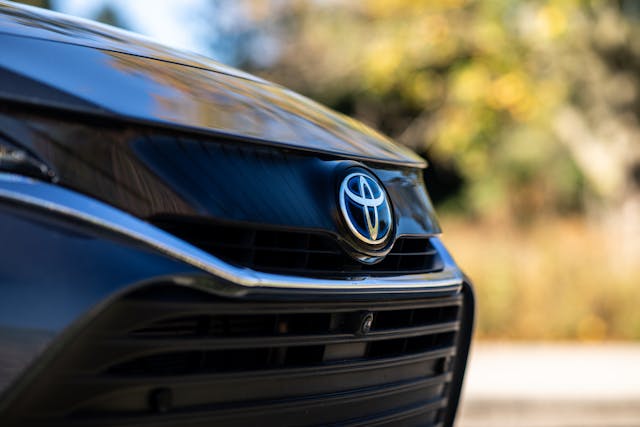
We tested the poshest flavor of Venza, a $40,975 Limited model with a $1400 panoramic sunroof and $725 worth of head-up display and rain-sensing wipers. (The mid-level trim is the $37,415 XLE, the base the $33,885 LE.) The most expensive Venza you can buy, destination included, rings the register at $43,100. (The base RX350, for comparison, starts around $45K.)
The Venza’s sheetmetal, draped yet again over a stretched Camry platform, is a far cry from the understated vibe of the original not-a-crossover—or from the familiar lines of the contemporary RAV4. The angular lines and plastic-dominated schnoz hews closer to that of Toyota’s other Asian-oriented offering, the hydrogen-powered Mirai. Such an exotic similarity means little, given that the Venza is powered by one of the least exotic powerplants in Toyota’s lineup: a 2.5-liter hybrid-assisted four-cylinder with 14.0:1 compression also found in the Camry, Avalon, Highlander, and Sienna, plus Lexus’ ES300h, NX 350h and NX 450h.
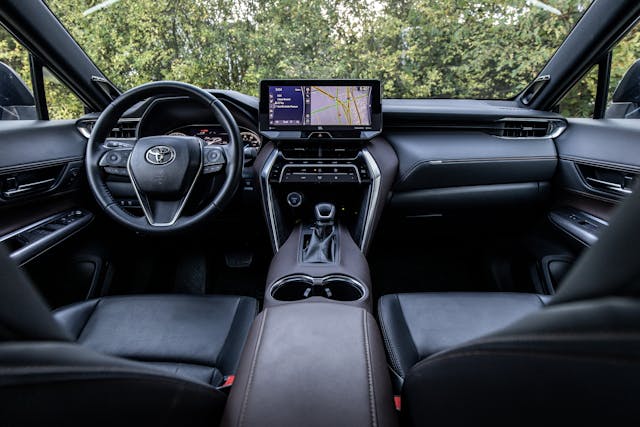
The Venza’s strengths lie in its interior. Though you’ll quickly find the budget material choices—the foamy faux leather around the shift lever, the plastic filler piece in the fluted center steering wheel—the overall impression is simple and dignified. The center console is largely symmetrical, the door panels uncluttered by gimmicky switchgear. Perforated SofTex synthetic leather, brushed “aluminum,” and grey-scale “wooden” inserts keep the space generally flash- and glare-free. The standard 12.3-inch infotainment screen and the pressure-sensitive climate controls, however, punctuate every action with a beep. You’ll quickly learn to adjust the volume of the radio via the beep-less steering wheel control rather than the console’s fussy touch-sensitive display.
Starting (and parking) the vehicle reveals a particularly thoughtful arrangement of controls: Toss your phone on the wireless charging pad beneath and to the left of the blue stop/start button, punch that blue orb with a finger, use same finger to release parking brake, and ratchet the shift lever back to drive (or reverse). Turning the vehicle off is equally streamlined: You can reach parking brake and engine-off without taking your palm off the shifter. And your phone’s resting right there.
On the road, the Venza will deliver the reassuringly high, generally comfortable ride that most SUV customers expect. Front visibility is decent, but glance over your shoulder and you’ll encounter a redwood-esque B-pillar. Three electric motors inject artificial life into the otherwise sleepy, 176-horse four-cylinder, providing a (short-lived) burst of scoot that comes in handy on the highway. The battery-powered system is also a neat bandaid to the often frustratingly lethargic decisions of a continuously variable transmission (CVT). (The RAV4 shuffles actual gears via an eight-speed gearbox, a design that produces a generally more fluid driving experience than a CVT.) Two of the electric motors work in tandem with the gas engine to drive the front wheels, with the remaining third electric motor powering the rear axle as necessary.
The nine-speaker JBL sound system standard on the Limited trim is hardly impressive—not a crime on the mid-level XLE Venza, but unsatisfying in the top-shelf $43K Limited trim. (The delicious 15-speaker Mark Levinson setup available in Lexus’ RX clearly delineates the line between luxury and high-end bargain play here.)
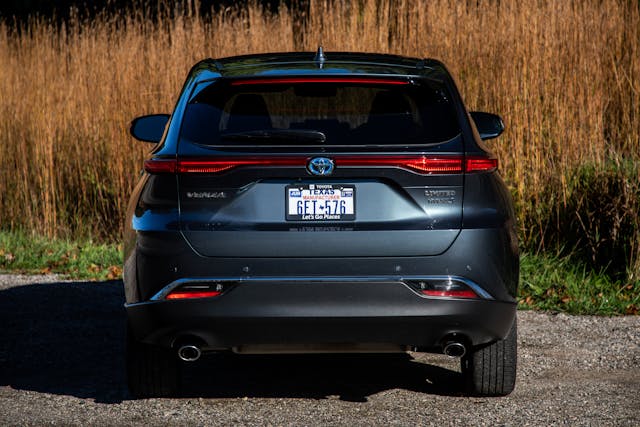
But let’s set aside the upscale RX. Your retired grandparents or interior-designer aunt can afford to roll in real leather upholstery and revel in 835W sound systems—you’re still in Toyota land. Can the Venza make a case for itself against the RAV4 Hybrid? The latter also comes in a Limited trim with a very similar hybrid powertrain (two electric motors rather than three), which, without any options, undercuts the equivalent Venza by $2570. The most obvious difference lies in cargo space—14.7 cubic-foot win for the RAV4. Upon closer inspection, the RAV4 makes do with a smaller, 8.0-inch touchscreen, rather than the Venza’s 12.3-incher, but it does get two more JBL speakers. Wireless charging does come on the RAV4, as do the Venza’s eight-way heated/ventilated fake-leather chairs and Star Gaze panoramic glass roof, but the $2040 LGATPLGW package* that adds them erases most of the RAV4’s initial price advantage. Tack on the glass aperture to your Venza, for parity’s sake, and out-the-door figures are as follows: $42,615 for the Venza and $40,685 for the RAV4.

By resurrecting the Venza, Toyota seems to have accomplished little more than muddying the midsize SUV waters. If you just don’t want a RAV4 because everyone has one, the reinvented Venza is a competent alternative within the Toyota family. But in the grand scheme of things it’s an unremarkable crossover that ultimately fails to make a convincing case for itself.
2021 Toyota Venza Limited
Price (base/as tested): $40,975 / $43,100
Highs: Good interior ergonomics, easy ingress/egress, 40 mpg combined.
Lows: Beepy infotainment, polarizing styling, tinny sound system.
Summary: A competent though unremarkable crossover that fails to make a convincing case against the stalwart RAV4.
*Limited Grade Advanced Technology Package and Limited Grade Weather Package. Toyota doesn’t abbreviate this combination to an acronym, so that you can have that one for free.

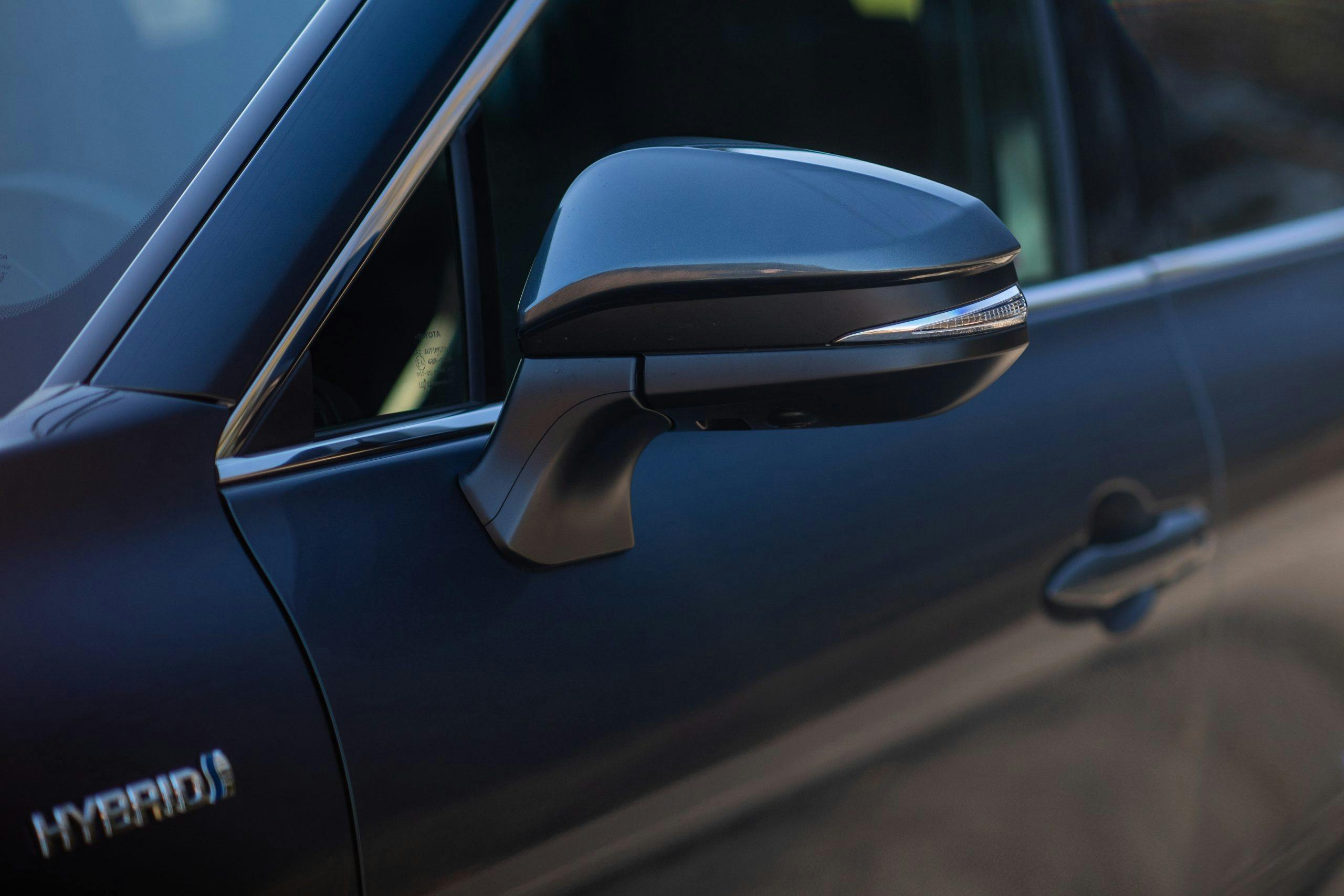
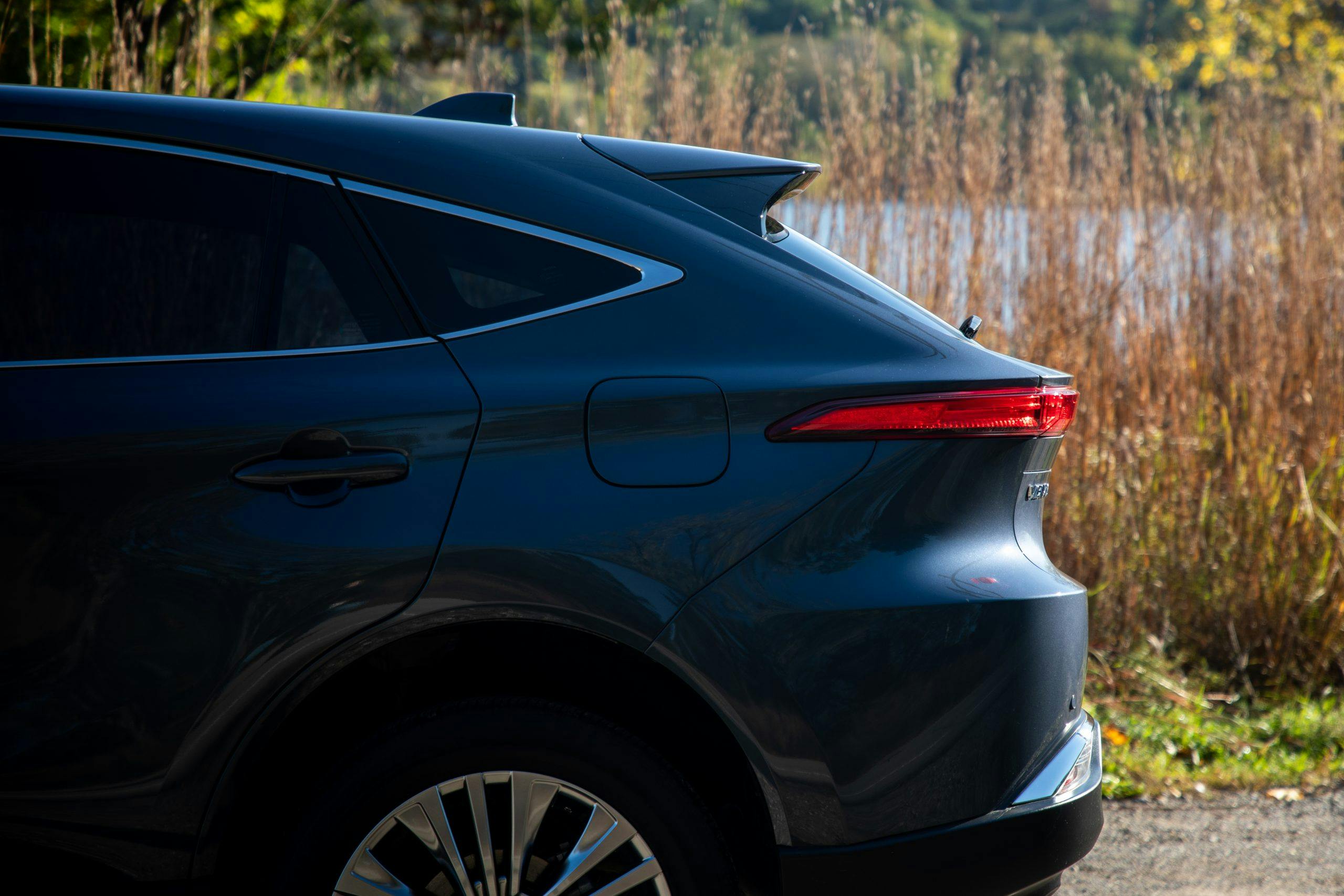
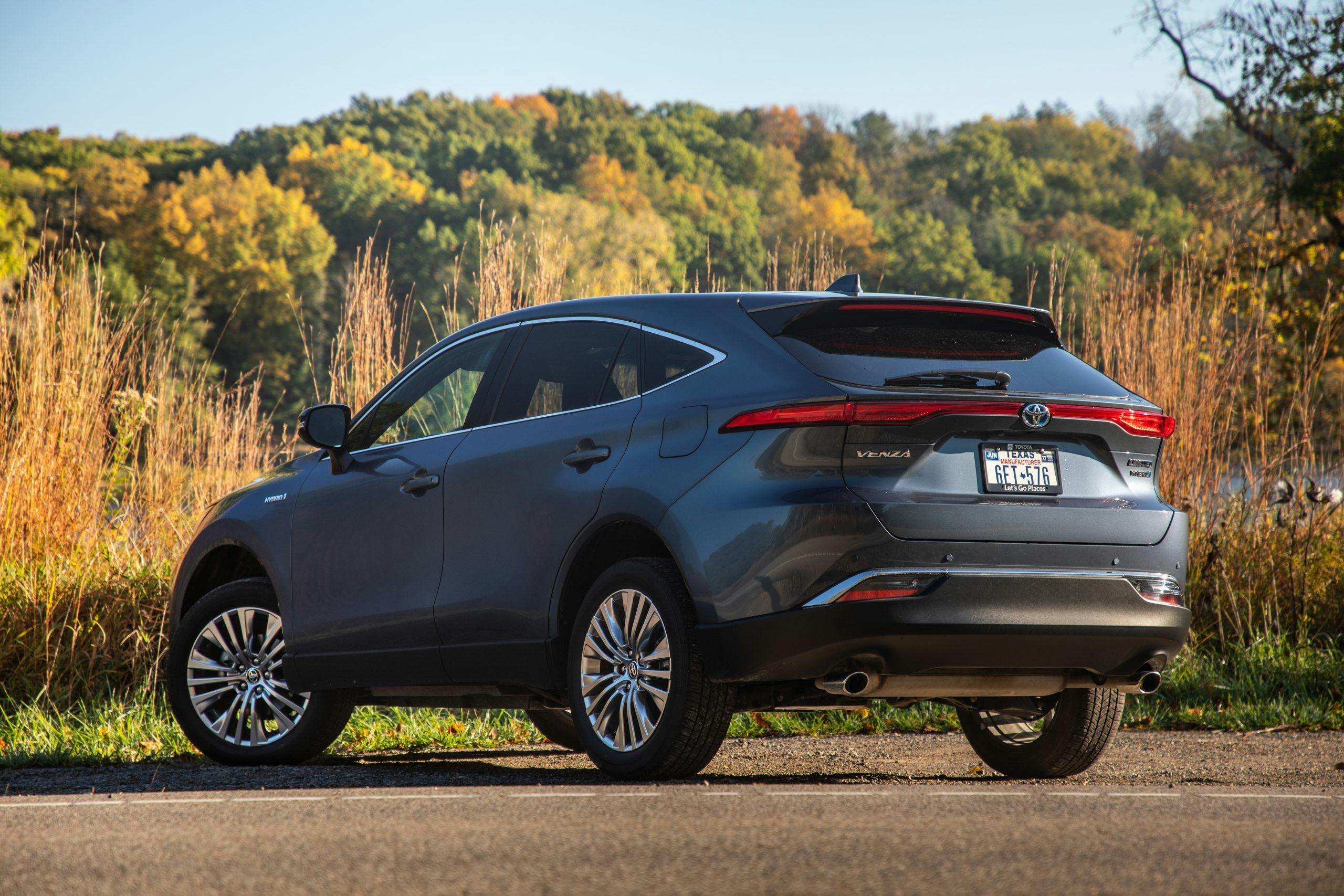
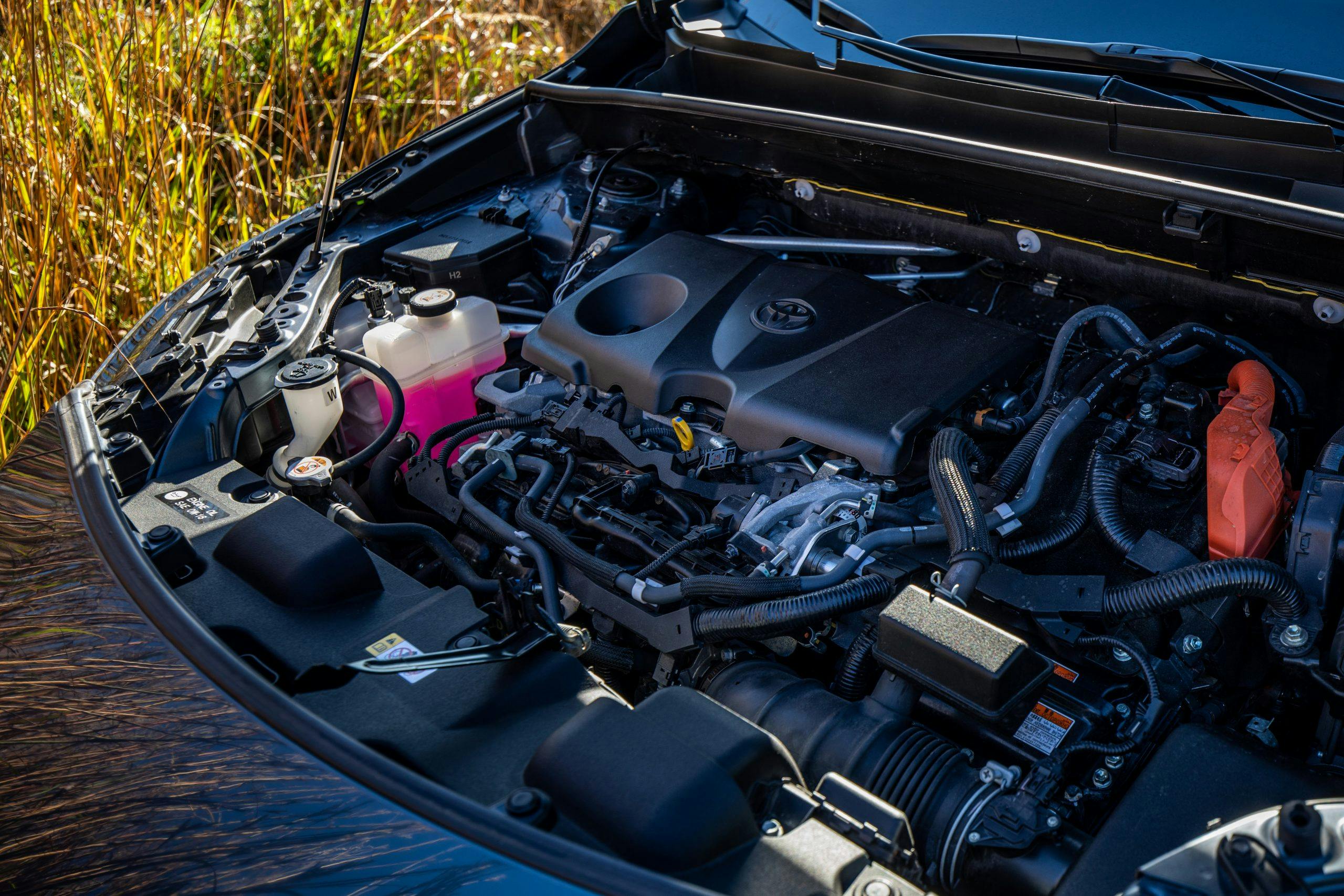
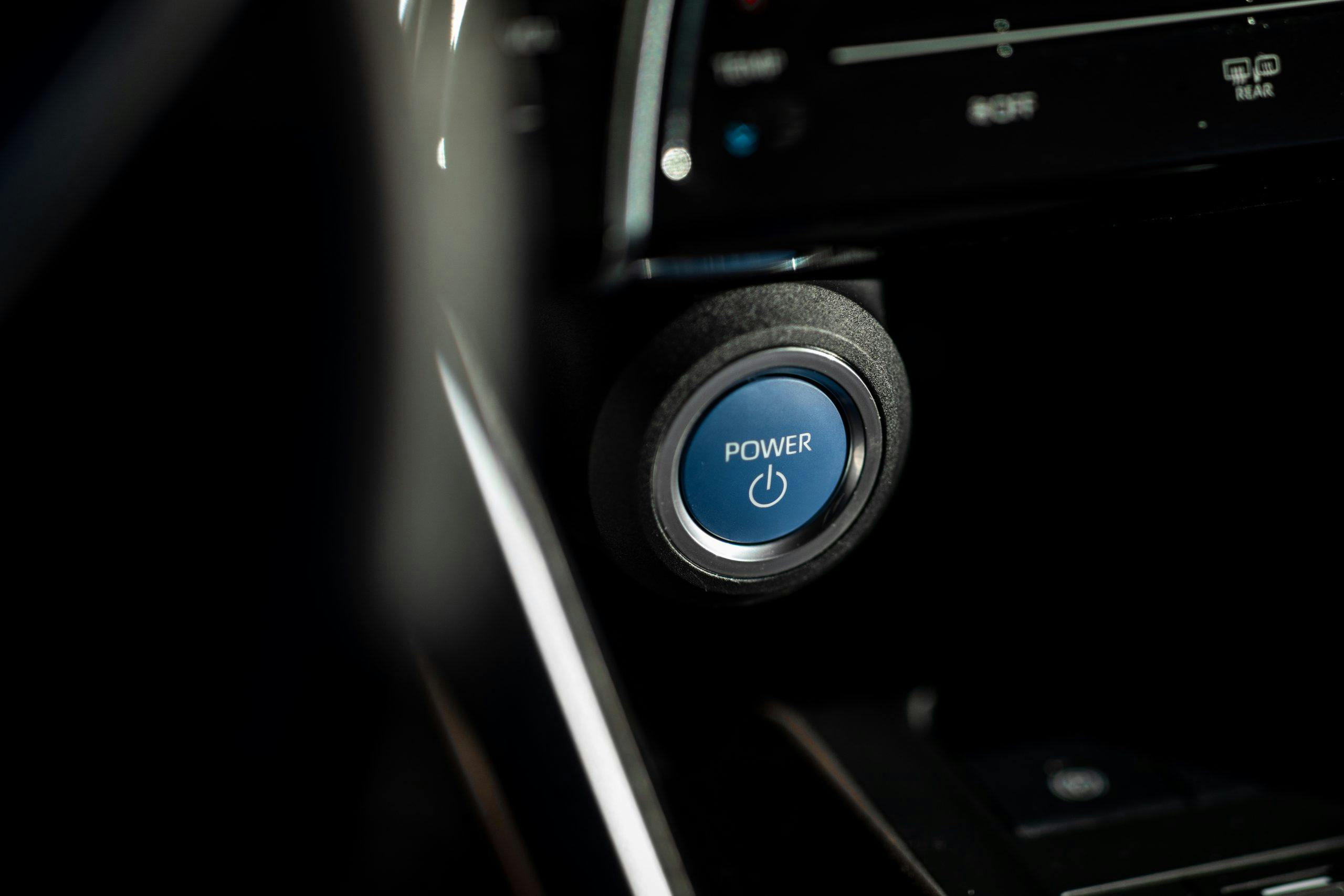


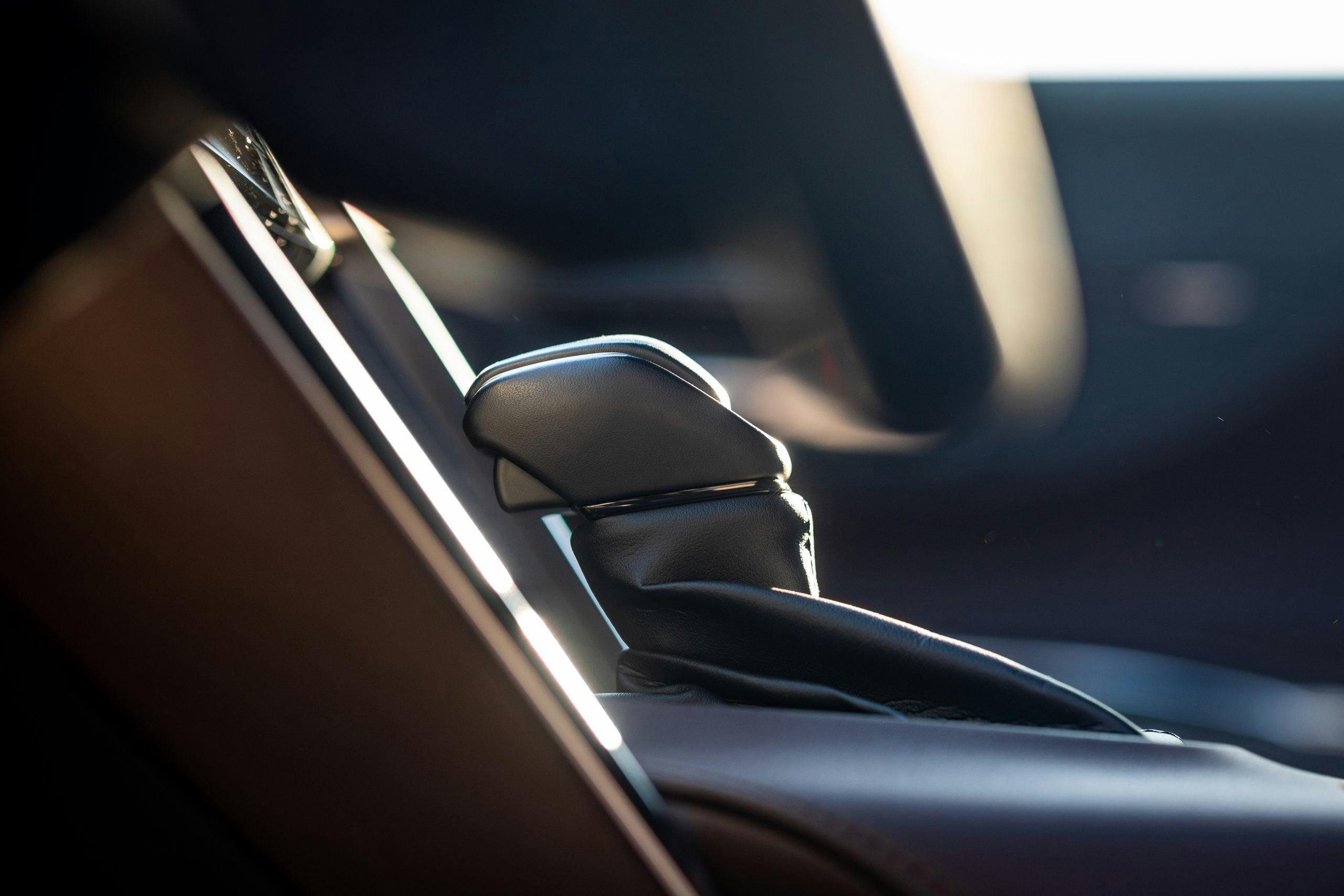
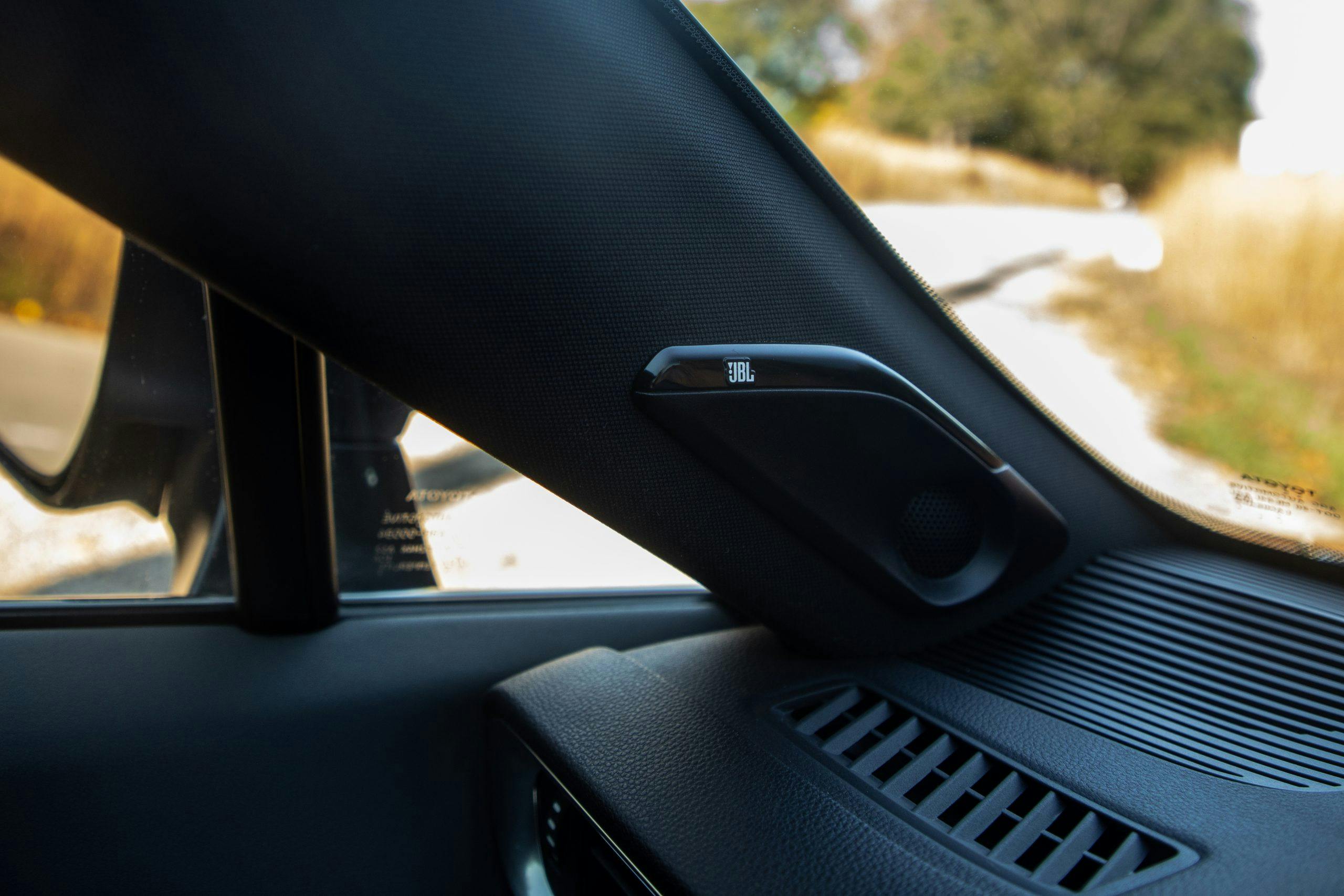


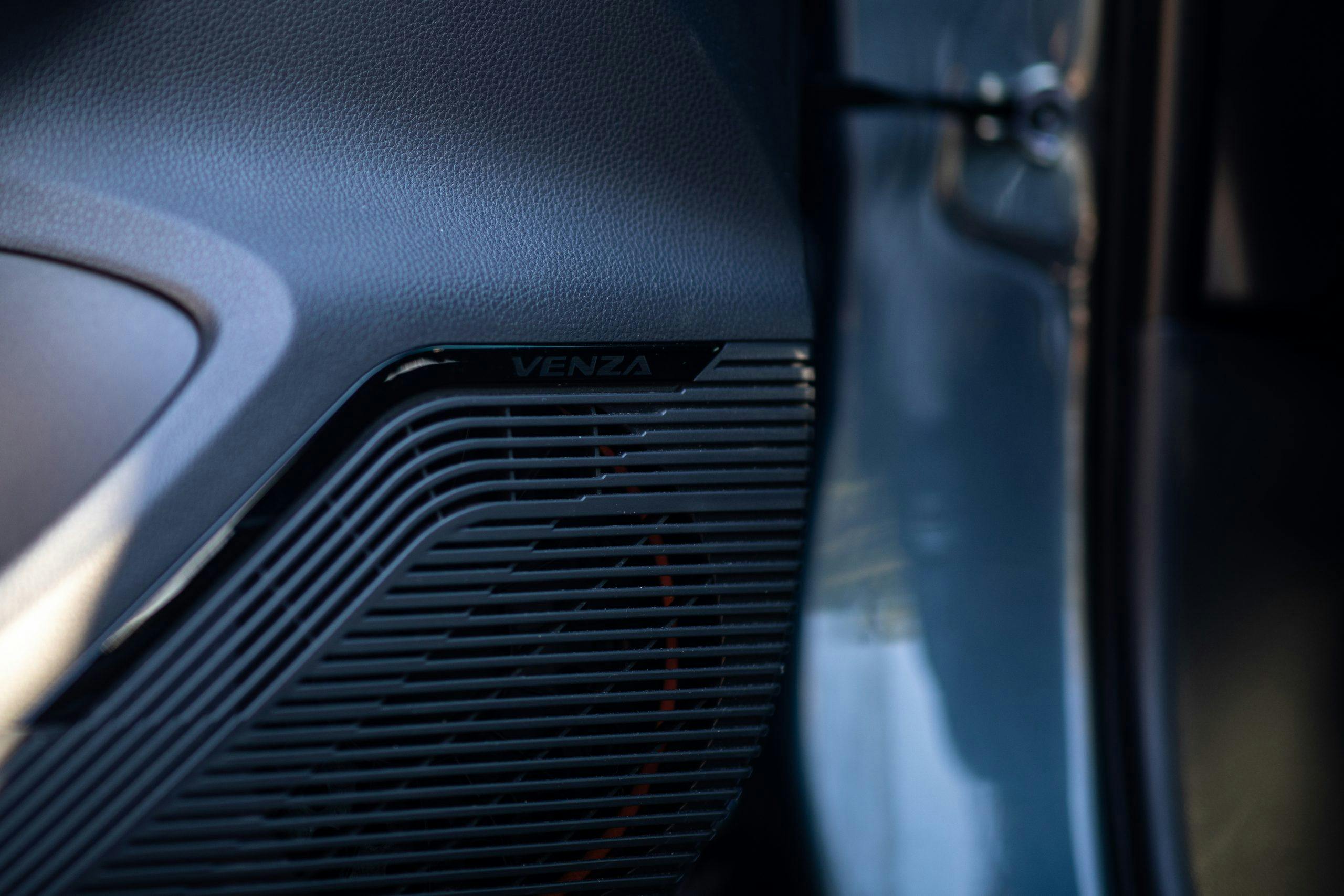
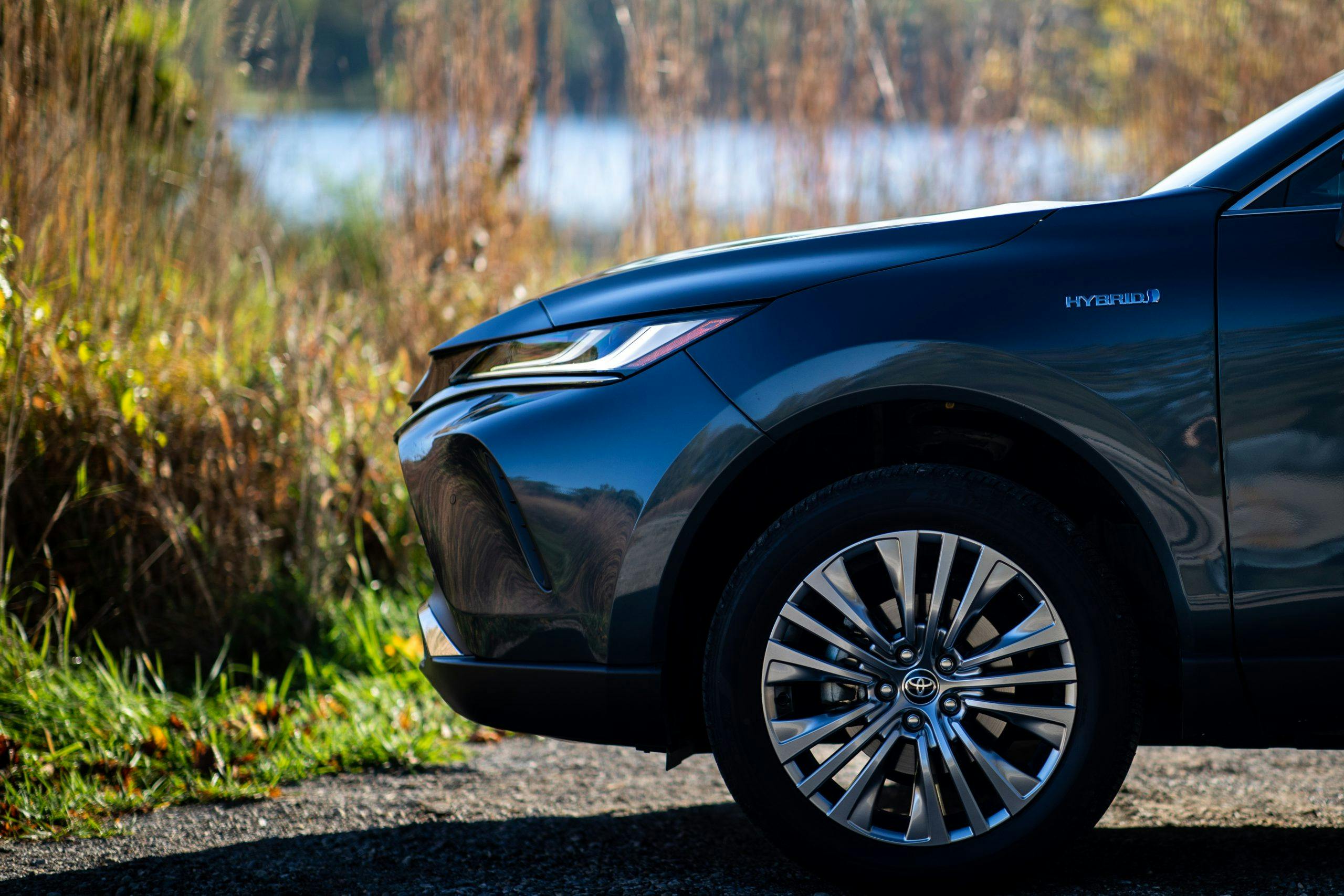
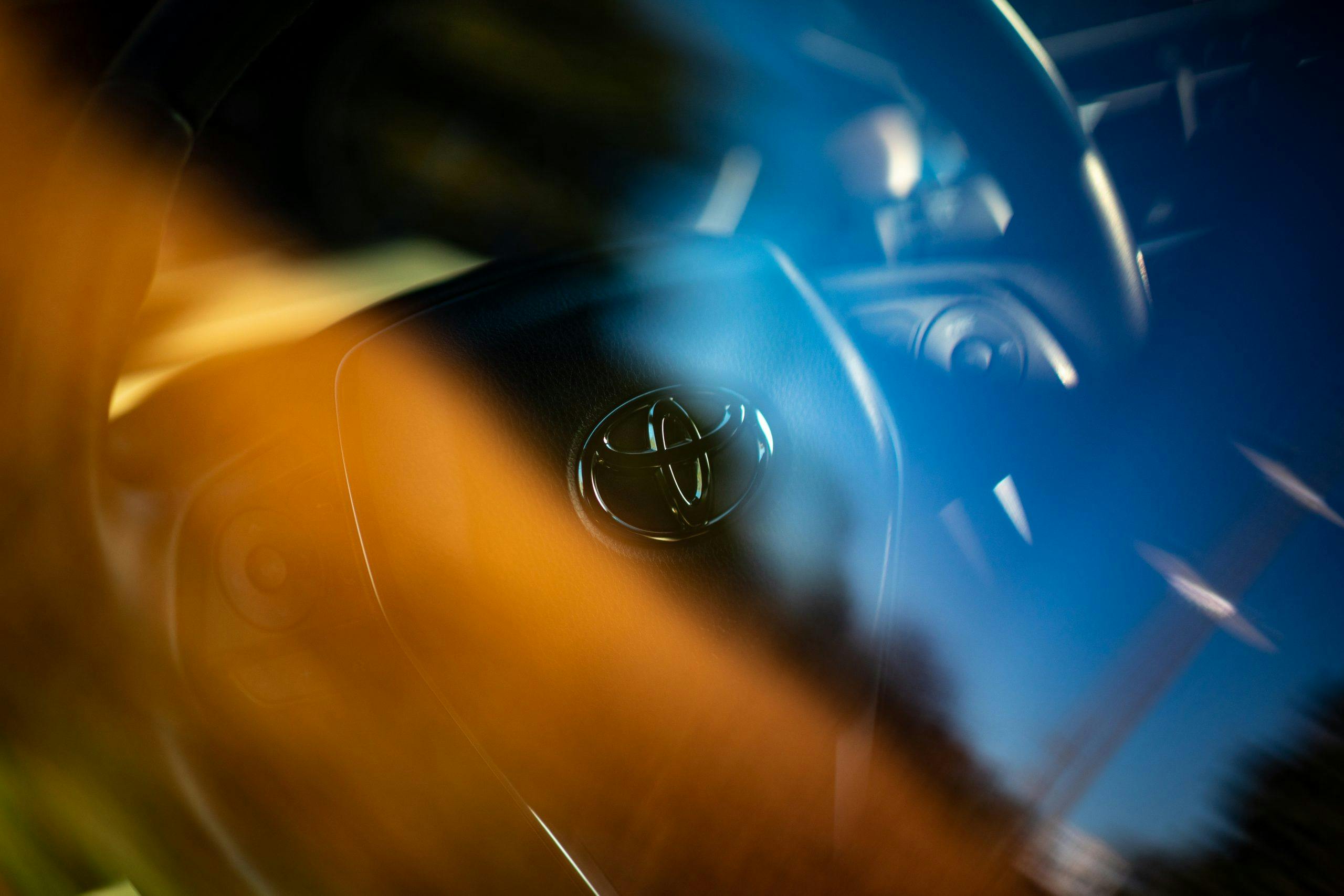
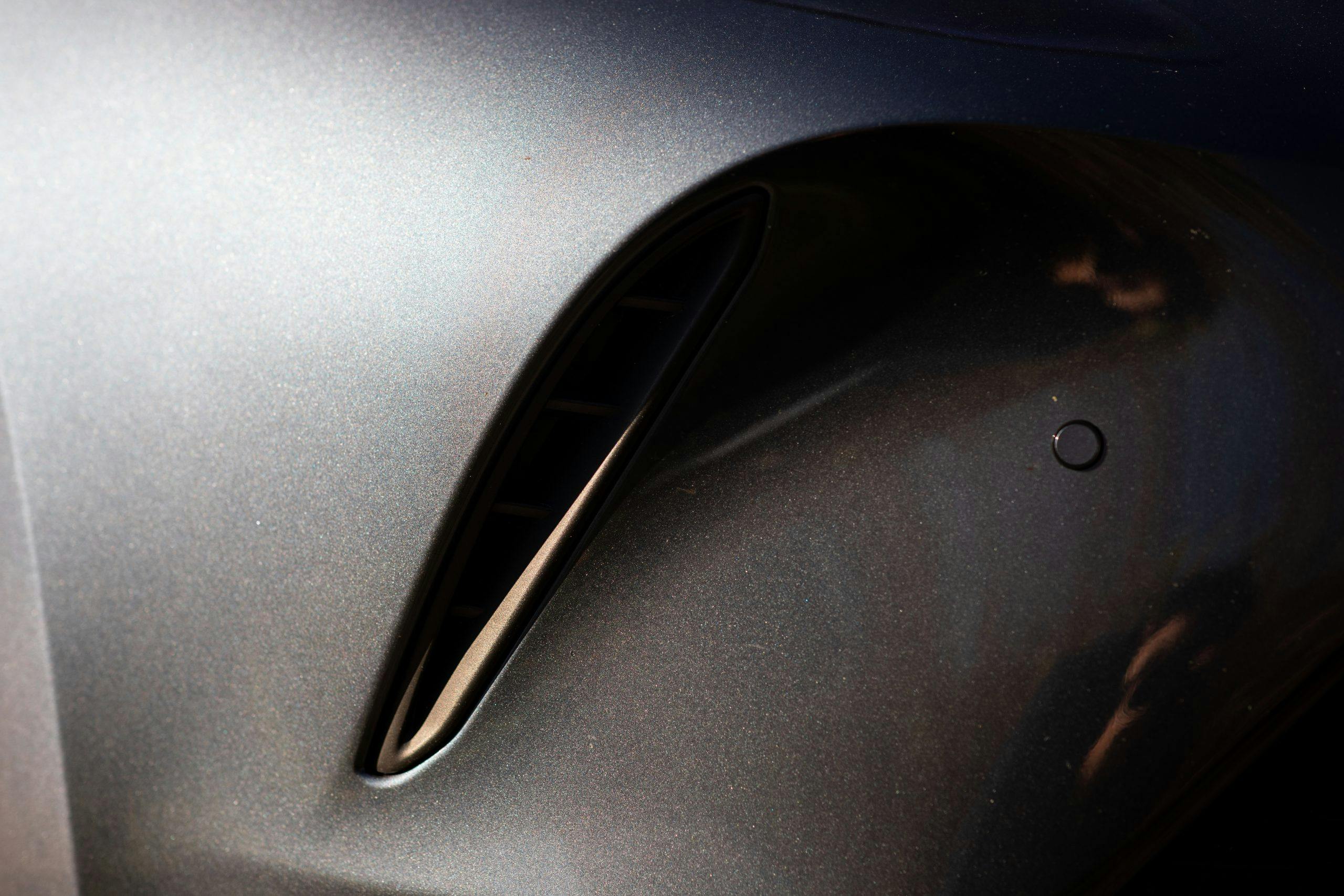

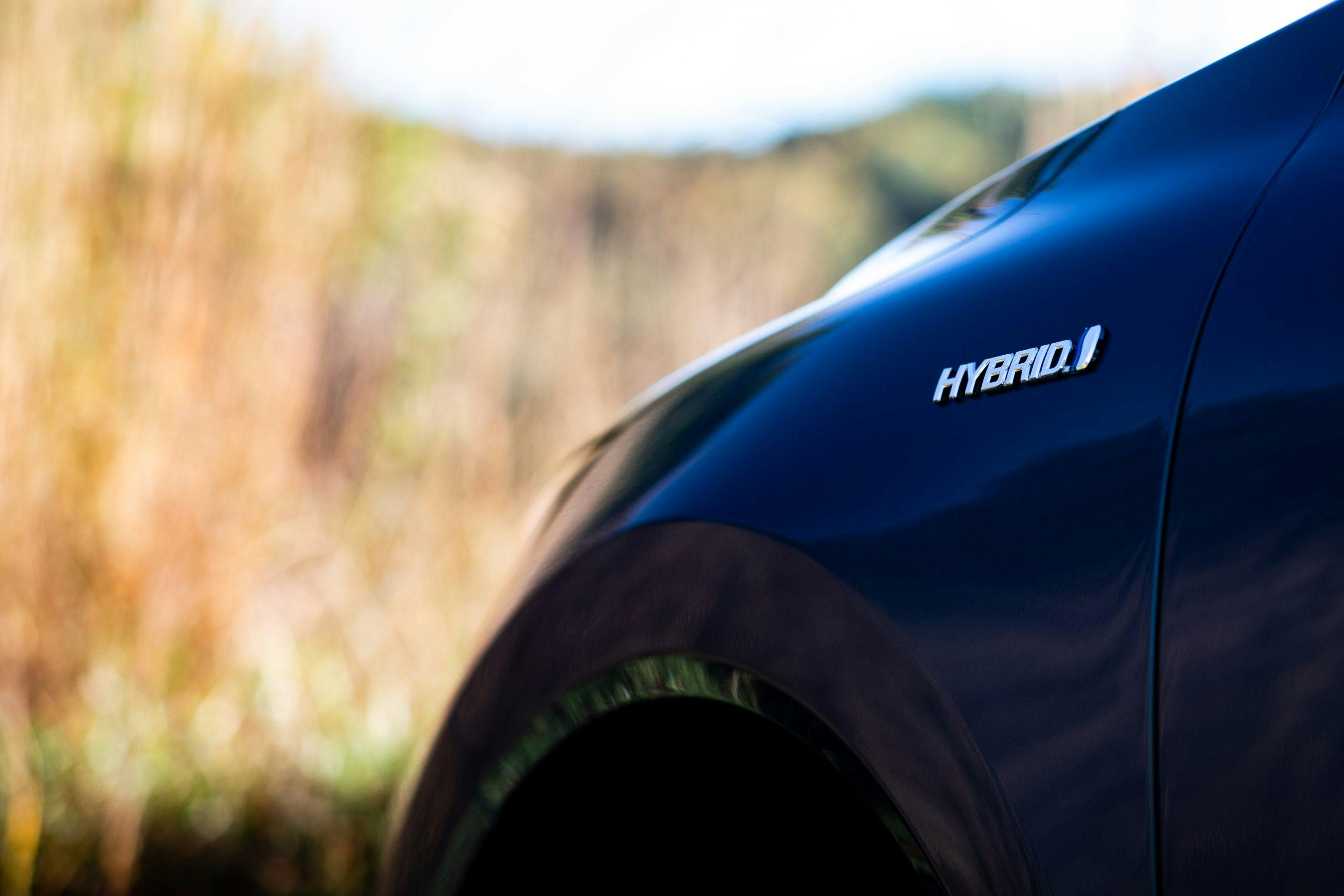
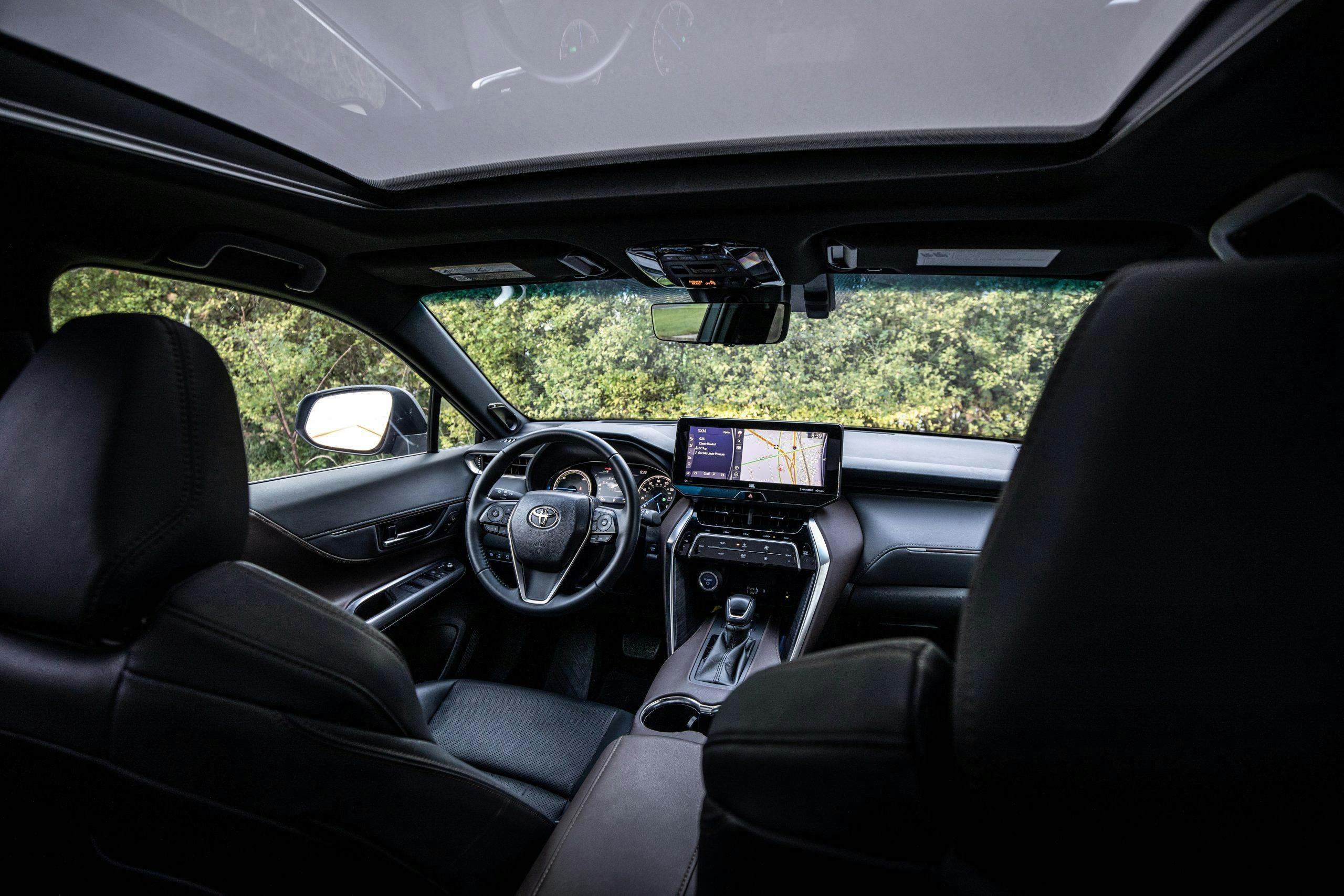
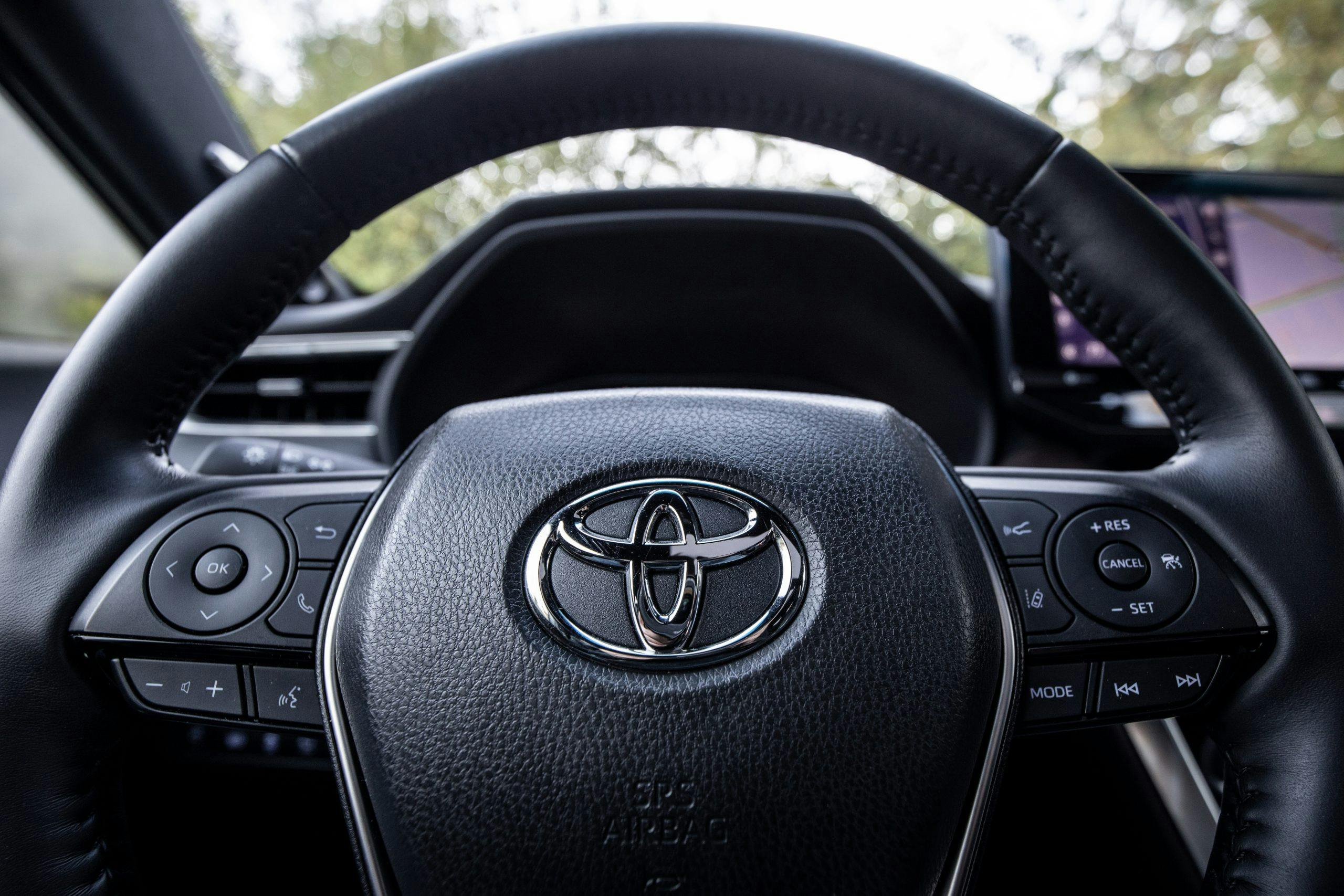
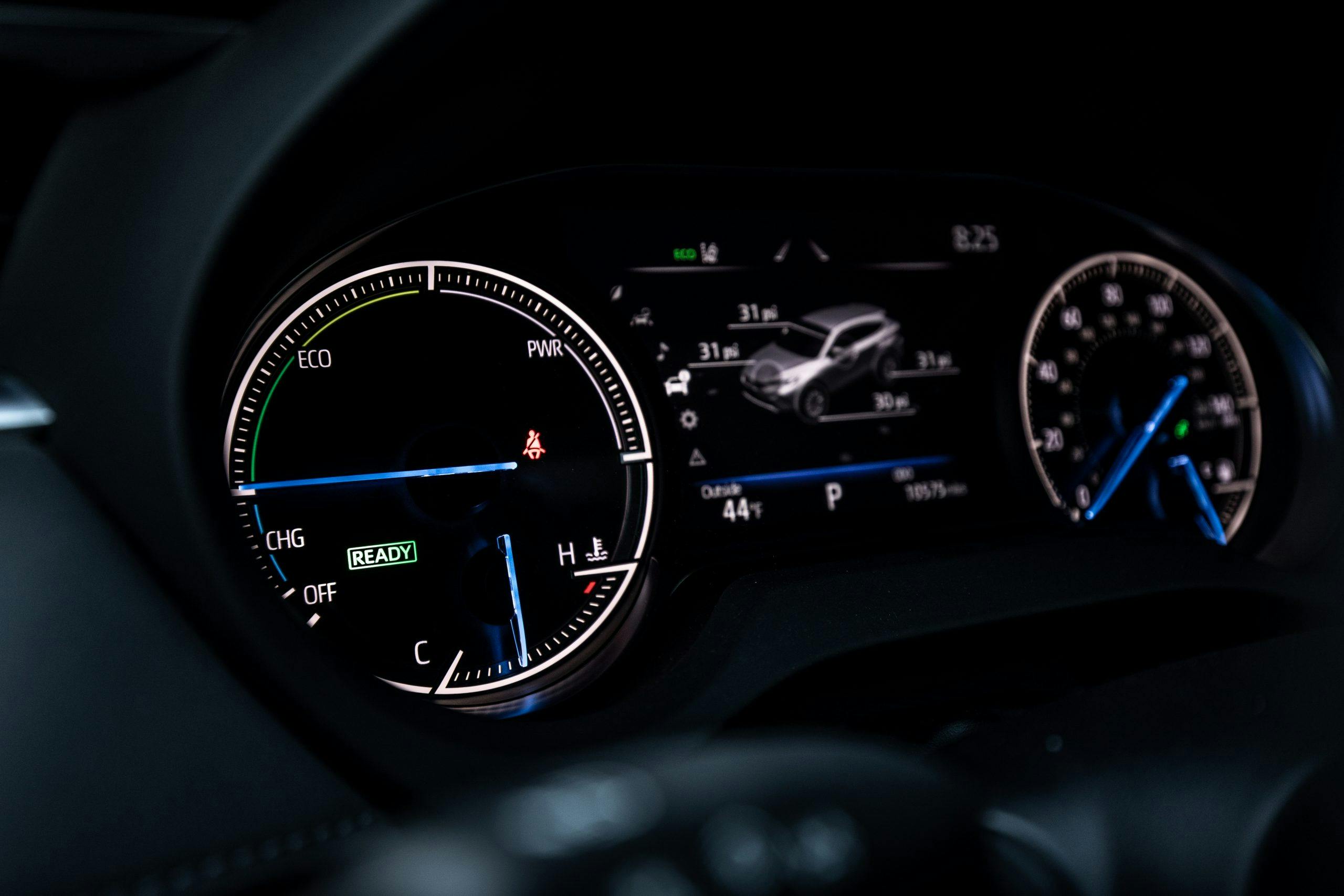

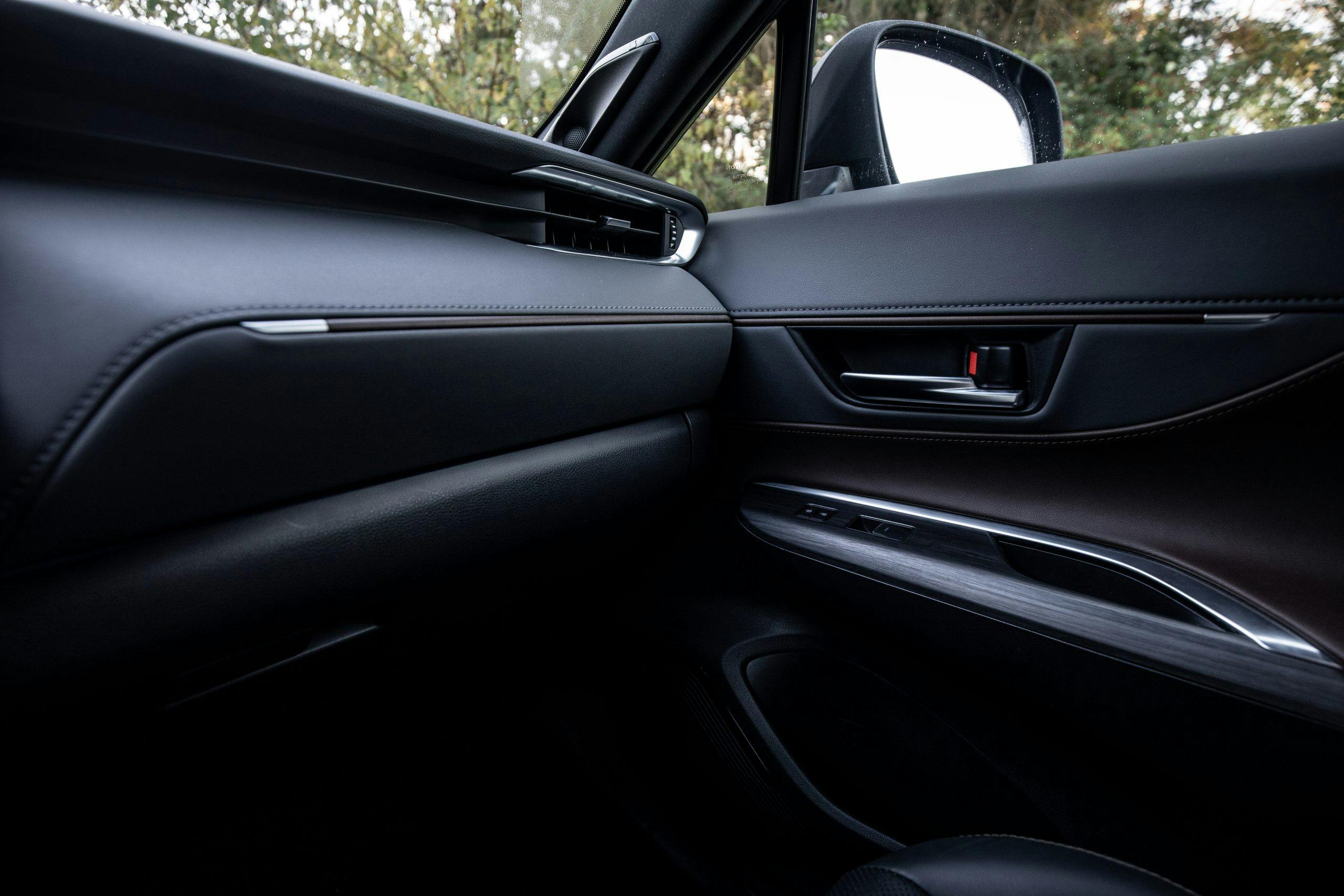


I own a 2014 GTR and I love my 2022 base model Venza just as much. The 40.5 average over 19,000 miles is a huge factor. But I love the look of the car and everything about it. No need for a lexus 🤷♂️
The Venza is a Harrier made in Japan, not China. The 2023 limited has leather seats, 1200 W sound system more than the 950 W in the Lexus 350, seats that move back automatically when you shut off the motor and back when you put it on, HUD, rides smoother with less noise than the Lexus that has ride flat tires and no spare. The Venza has a spare. Venza has Digital mirror, puddle lights, navigation, 12,5 inch screen. It is Harrier luxury
Superb car. One of a kind.
What is a not wealthy buyer? Weird when you’re probably speaking about yourself. Never assume a person driving an expensive car is wealthy or vice versa. Too often broke people scrape to drive expensive cars whereas the wealthy have no point to prove.
I have a 2021 Venza XLE and it is not at all like what the reviewer says it is. It is a quality vehicle, well made, comfortable, with a quiet ride and class leading fuel economy. The luxury refinements and features are outstanding, much like what Lexus offers without the stiffer price tag. The fact that Toyota will stop importing the Venza to the US after 2024 makes me all the more happy I bought one while they are still available.